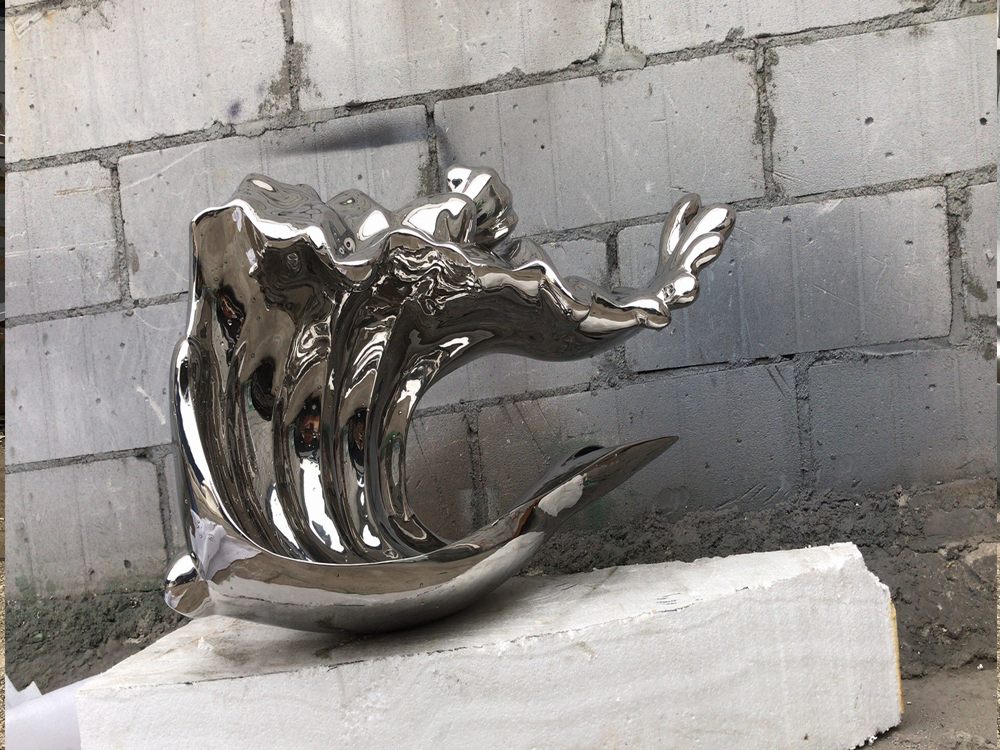
Stone sculptures have long been a cornerstone of artistic expression, but not all are created equal. The distinction between kinetic and static stone sculptures lies in their fundamental approach to form and perception.
Static stone sculptures are the traditional pillars of the art form, carved to capture a moment frozen in time. These works rely on their permanence and solidity, inviting viewers to contemplate their details from every angle. Think of Michelangelo's David – its power comes from its unwavering presence and the mastery of its stationary form.
Kinetic stone sculptures, while less common, introduce an element of movement either physically or optically. Some actually incorporate mechanical elements that allow parts to move, while others use clever carving techniques to create illusions of motion when viewed from different perspectives. Modern artists like George Rickey have pushed boundaries by combining stone with actual movement mechanisms.
The key differences manifest in several ways:
1. Perception of Time: Static sculptures exist outside time, while kinetic works acknowledge its passage.
2. Viewer Interaction: Kinetic pieces often require movement around the artwork to fully appreciate, whereas static works can be absorbed from a single viewpoint.
3. Technical Execution: Kinetic sculptures demand engineering considerations alongside artistic vision.
Contemporary artists are increasingly blending these approaches, creating stone works that challenge our definitions of both categories. Whether embracing timeless stillness or exploring the poetry of motion, both forms continue to evolve the ancient tradition of stone carving into new artistic territories.

